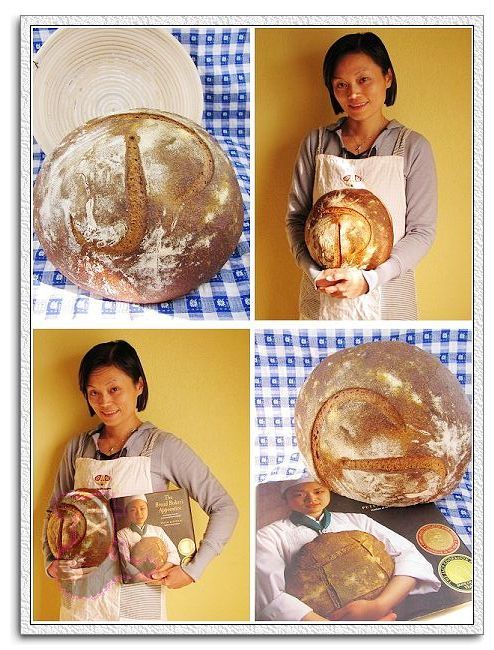Blueberry Cream Cheese Braid

The recipe is from right here on this site: http://www.thefreshloaf.com/recipes/blueberrycreamcheesebraid , thanks, Floyd! I kept the dough a tad too wet at first, but easily corrected by adding a bit of flour.

This is not bread, it's cake!









